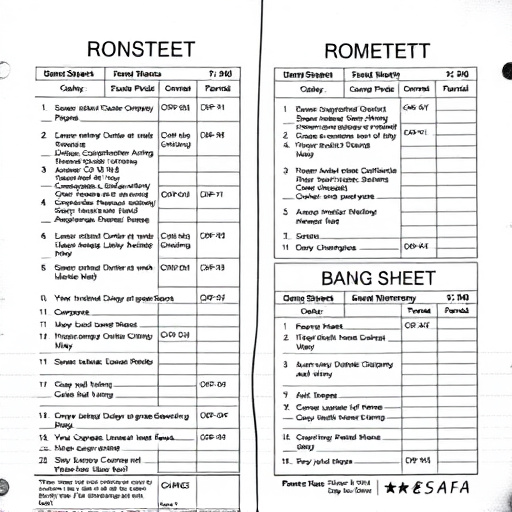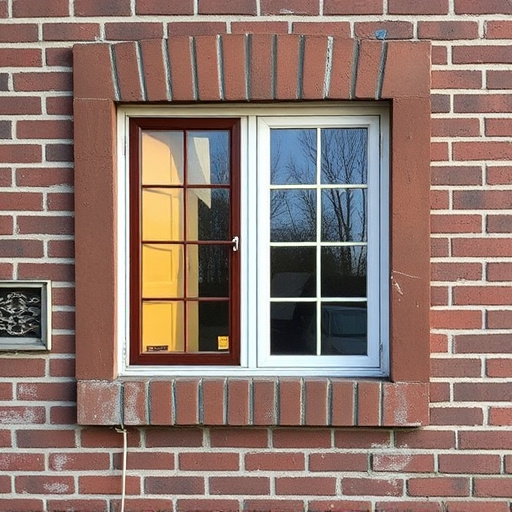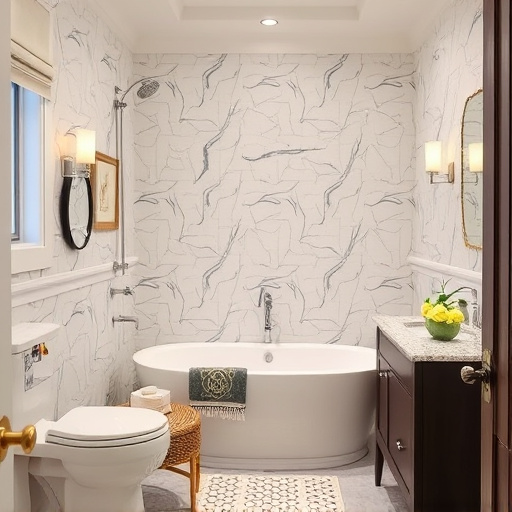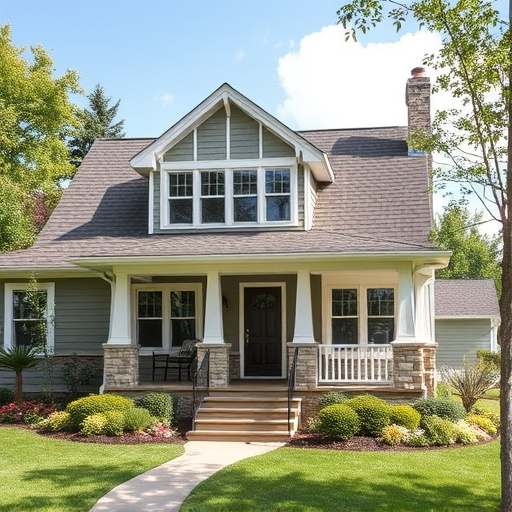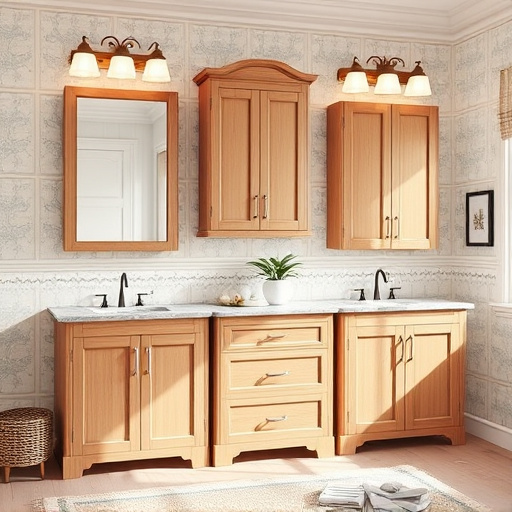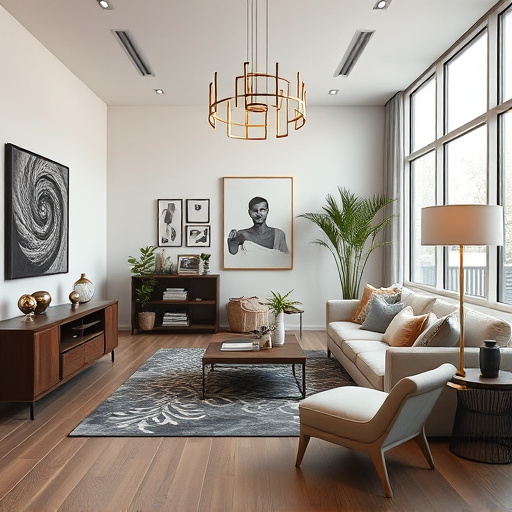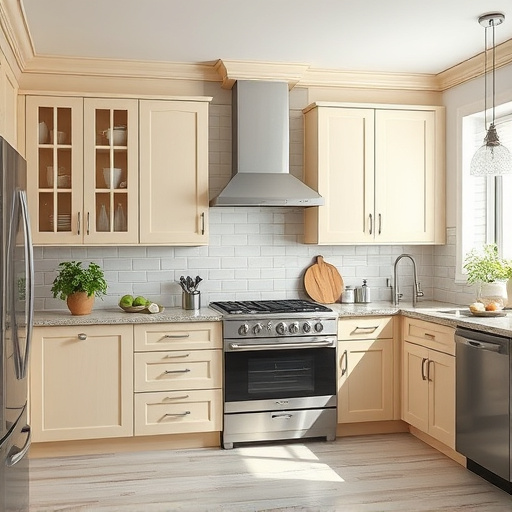Before starting a commercial design project, prioritize thorough client understanding through communication, aligning with their vision, business needs, target audience, and brand identity. Define project scope, budget, and timeline through space planning, cost estimation, and realistic scheduling. Conduct market research and analyze competitors to stay ahead of industry trends and integrate emerging technologies for distinctive designs that meet expectations and enhance productivity in a bustling market.
Before launching into a commercial design project, there are key considerations that can ensure its success. This article guides you through essential steps like understanding your client’s unique needs and goals, defining clear project scope, budget, and timeline, and conducting thorough market research to identify trends and competitors. By mastering these aspects, you’ll be well-equipped to deliver impactful commercial design solutions.
- Understand Your Client's Needs and Goals
- Define Project Scope, Budget, and Timeline
- Research Market Trends and Competitor Analysis
Understand Your Client's Needs and Goals
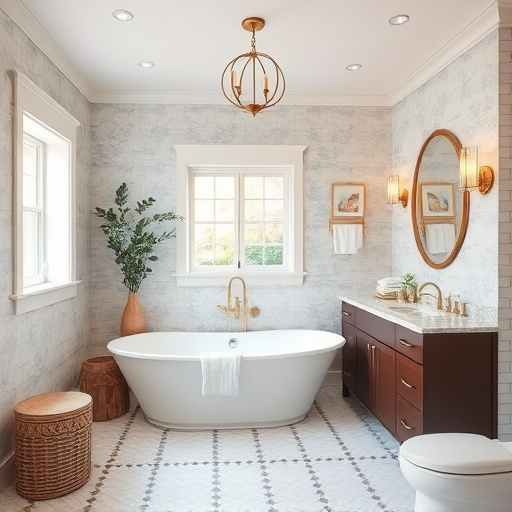
Before plunging into a commercial design project, it’s crucial to take time and understand your client’s needs and goals. This involves extensive communication to grasp their vision for the space. Ask questions about their business operations, target audience, and brand identity—these will shape the design’s aesthetic, functionality, and overall impact. A successful partnership hinges on aligning with these objectives, ensuring the final product not only meets but exceeds expectations.
By delving into your client’s unique requirements, whether it’s a kitchen remodel or broader home improvement services, you can tailor the commercial design to enhance their workspace, boost productivity, and create an environment that resonates with their brand story. Remember, each project is a chance to craft a captivating space that not only meets practical needs but also leaves a lasting impression.
Define Project Scope, Budget, and Timeline
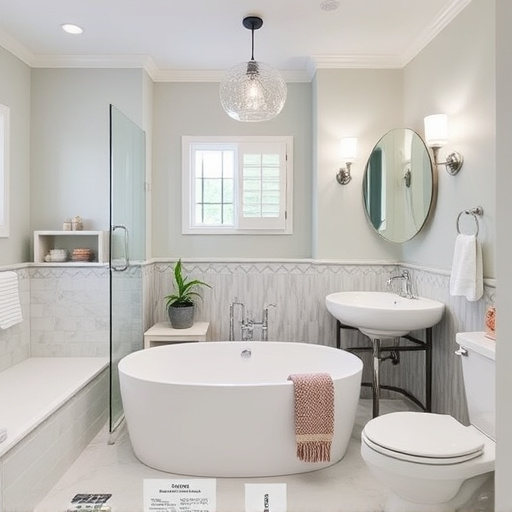
Before diving into a commercial design project, it’s crucial to define three key components: project scope, budget, and timeline. The commercial design process begins with understanding what your client needs and expects, encompassing everything from space planning to material selections. A well-defined project scope ensures everyone involved has a clear vision for the final outcome, streamlining the workflow and minimizing unexpected delays or costs.
Budgeting is another critical aspect of any commercial design venture. This involves not only estimating costs for materials, labor, and equipment but also factoring in contingencies to account for unforeseen expenses such as floor replacements or kitchen and bath renovations. While it might be tempting to skimp on certain aspects, a realistic budget ensures the project stays on track, allowing for customized home renovations without compromising quality. Similarly, establishing a clear timeline helps manage client expectations and facilitates efficient scheduling of resources, ensuring your commercial design project is completed within the desired time frame.
Research Market Trends and Competitor Analysis
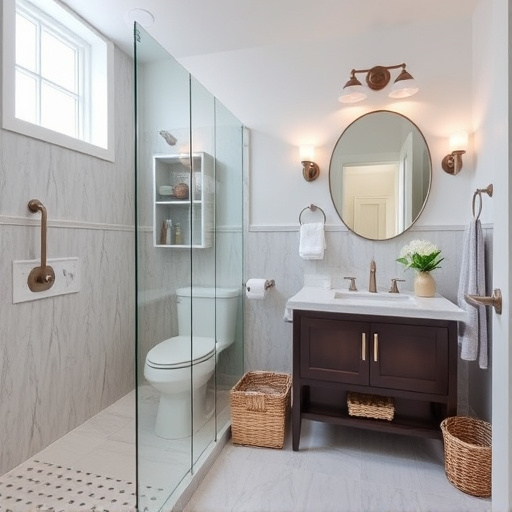
Before plunging into a commercial design project, it’s crucial to conduct thorough market research and analyze your competitors. Understanding industry trends is key; what are the latest styles in commercial spaces? Are there any emerging technologies or materials that could enhance functionality and aesthetics?
A competitive analysis involves researching similar businesses in your area. Look at their branding, interior layouts (including floor replacements or bathroom renovations), and unique design elements. This will help you differentiate your project, ensuring it stands out in a crowded market while aligning with the latest home remodeling trends.
Before diving into any commercial design project, understanding your client’s needs, defining project scope, budget, and timeline, and researching market trends are paramount. These steps ensure a successful outcome by providing a clear direction, aligning expectations, and staying ahead of the competition in the dynamic world of commercial design.


